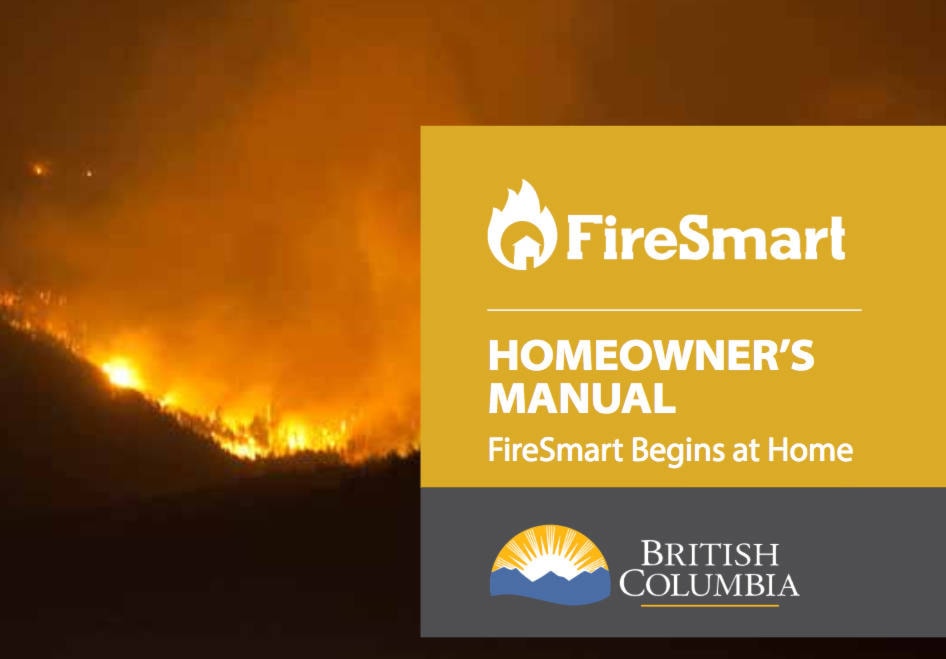Prevention of wildfires is everyone’s responsibility.
Apart from the obvious duty to obey the rules about using caution in our daily lives during these high hazard fire times, I have come to realize that rural property owners like myself have an extra responsibility because of where we choose to live.
I have 20 acres of mostly treed land on the edge of the Williams Lake fire district and have been trying to implement some of the practices proposed in the BC FireSmart Home Owner’s Manual.
Because I live near the top of a steep side hill, I should exceed the suggested minimums proposed in the manual.
For example, zone 1 is a 10 metre area surrounding all your buildings, which should be free of materials that could easily ignite (wood fences and needle trees are worse than deciduous shrubs).
In zone 2, (10 to 30 metres from the buildings) any trees should be well spaced (three metres between trees) and pruned up two metres and all combustible materials on the ground should be cleaned up.
In zone 3, (30 to 100 metres), which may be on your property, the neighbours or Crown land, be prepared to work with whoever is necessary to create a fire break by thinning the trees and pruning where necessary.
Without the private land owners doing their part to fire proof their properties, a community fire guard will not likely be effective.
You may not meet all nine criteria suggested to minimize the fire hazard of your home and out buildings (i.e. class A, B or C resistant roof materials, fire resistant siding and deck materials), but most people can meet the cleanup suggestions.
Clean gutters and remove any combustible materials that could ignite from sparks and burning embers.
While waiting for the evacuation order, I spent some time removing dead leaves, cardboard boxes and other combustible materials that were next to the cedar siding on my house.
My next goals are to replace my cedar siding with Hardy Plank and cultured stone and reduce the number of coniferous trees within the zones mentioned above.
It is not going to be easy to remove some plants that my wife has spent many hours planting, watering and tending over the nearly 40 years we have lived here.
Tough decisions
Once we have done as much as we can to reduce the hazard there is still the tough decision of what to do if a fire is threatening, evacuate or stay and fight.
While I don’t have as much to lose as the Chilcotin ranchers who successfully saved much of their property despite some very scary times, I have been making some preparations.
I have 10,000 litres of water in totes, two fire pumps and hundreds of feet of fire and garden hoses.
I am told that to protect a house in my situation I would need to set up a sprinkler system that is independent of BC Hydro which could go down with an approaching wild fire.
Most of these firefighting materials were on hand for collecting rainwater and watering our garden and landscaping, so I am not saying that I would stay and fight just to use the equipment that I have.
I am told by friends who have experience with wildfires that if you are faced with a fast moving fire, it is an easy decision to leave ASAP.
Jim Hilton is a professional agrologist and forester who has lived and worked in the Cariboo-Chilcotin for the past 40 years. Now retired, Hilton still volunteers his skills with local community forests organizations.
